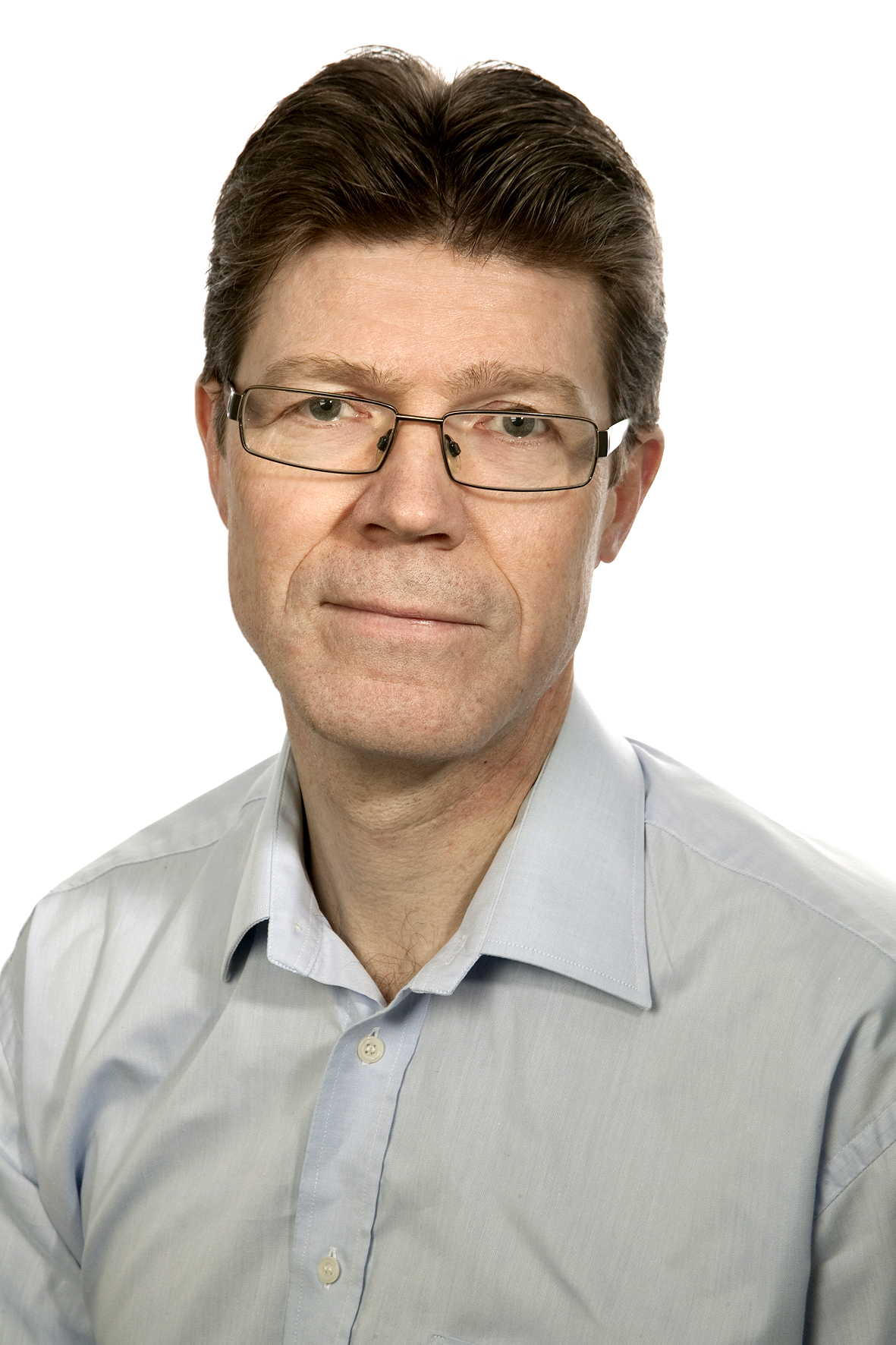3.2 Remaining useful life, failure probability
Remaining useful life, failure probability
Remaining useful life, failure probability
Remaining useful life, failure probability
Changing energy market calls for optimisation of the lifetime, robustness and flexibility of the hydropower assets. This project will develop concepts, methods and prototypes that contribute to or facilitate better founded decisions.
The Norwegian large-scale hydropower projects were at peak during the period 1945-1975. Many hydropower plants still rely on old technology being built for operating conditions different from today. As the years goes by, degradation of the hydropower assets leads to restrictions in e.g. operation, performance and reliability. In addition, a changing energy market calls for optimisation of the lifetime, robustness and flexibility of the hydropower assets.
Typically, market operations have been in the forefront when developing new algorithms and models, while the classical maintenance principles have more or less been the same for decades. However, we see an interesting development within the field of condition monitoring related to the digital transformation (Industry 4.0).
In the last decades, cost of monitoring technology has dropped, and large data sets can be collected and processed at a fraction of time and cost. This makes it possible to utilize e.g. artificial neural networks (machine learning models). The IPN research project MonitorX looks at such technologies, and develops new models and prototypes for optimisations of lifetime.
Create valuable tools
This project will associate to MonitorX, but will have a holistic approach on how data from different models (statistical, physical, data-driven and combinations of such) can be used in multidisciplinary decisions. By combining knowledge from different domains, we can create valuable tools that gives deeper insight and faster decisions regarding production planning, maintenance and re-investments.
When planning hydropower production, the operator needs to balance cost of operation and maintenance against the revenue from production and services. This is to some extent taken into account with the tools of e.g. start-/stop costs. However, there are some limitations, like not evaluating resting time between start-ups as an important factor for remaining lifetime of a generator (thermal oscillations in a generator can cause fatigue loading).
Case studies
Other important factors as ramp-up, load variations, idling, partial- and overload running must also be included in cost functions based on operating conditions. We will aim for improvement of current tool for start/stop and operational related costs. Case studies shall evaluate and give input to the models and tools for operational related costs.
Within the field of this task, the project will make a schematic overview of previous and ongoing research project and how they relate to each other and the activities in this task. The work will focus on the description and quantification of some of the main factors influencing degradation and lifetime of components in power production, and how these lifetimes depend on factors such as design, stress and operating conditions.
We aim to close the gap between the technical considerations in technical models about lifetime and lifetime reduction and the economic considerations in production planning and marked models.
Cross diciplinary collaboration
We will have a close collaboration with WP2.4 (Turbine and generator lifetime), which aim to develop, test and verify methods and models for turbine and generator lifetime qualification and estimation.
Results from WP2.4 comprise main factors that influence failure probability and remaining lifetime for turbines and generators, and can be integrated as input for the tools for optimal production, re-investment and upgrade decisions, i.e. to obtain production planning tools that take operation-related costs into account.
These tools and models should consider the properties and behaviour of individual hydropower components.
Contact
Contact
Arnt Ove Eggen Research Scientist
 Photo: SINTEF/Gry Karin Stimo
Photo: SINTEF/Gry Karin StimoArnt Ove Eggen
Research Scientist
About the project
About the project
About WP 3.2
Full project title: Remaining useful life, failure probability
Duration: 2016-2020
Objective: To develop methods and tools for estimation of component degradation and failure probabilities as a function of operating conditions.
Researchers working on the project: Arnt Ove Eggen, Eivind Solvang, Ove Wolfgang, Birger Mo, Arne Nysveen.
R&D Partners: SINTEF
Associated projects: MonitorX (IPN project)
